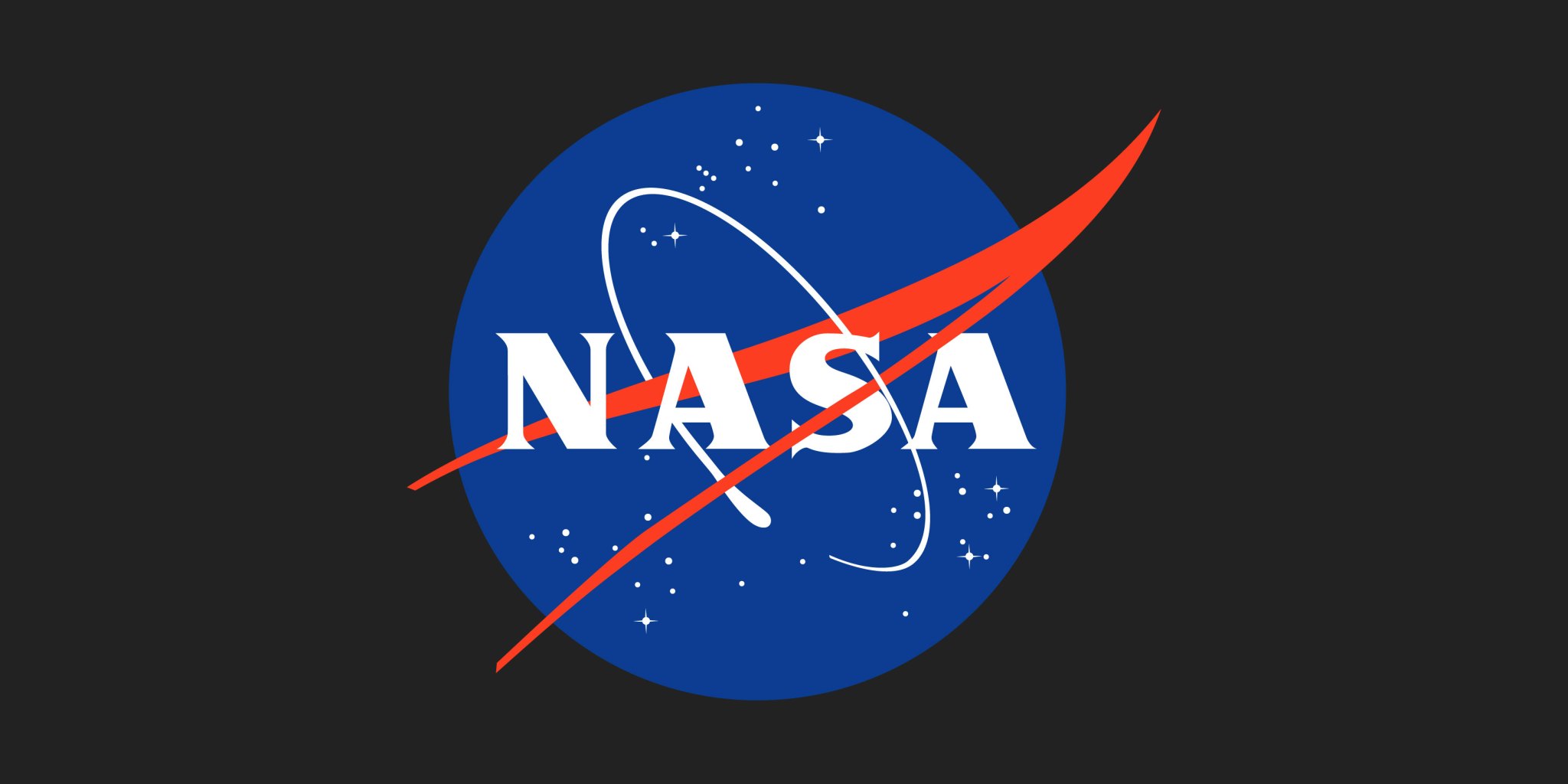NASA has selected three investigation teams to join the agency’s Geospace Dynamics Constellation (GDC) mission science team in studying Earth’s upper atmosphere, as well as five additional investigations that will be under consideration for inclusion in the mission.
GDC is a coordinated group of satellites that will provide the first direct global measurements of the dynamic and complex region of space enveloping Earth – known as the ionosphere and thermosphere (I-T) region. The constellation’s ability to simultaneously study processes operating across a range of temporal and spatial scales will provide an unprecedented level of understanding of this region. GDC will fundamentally advance scientists’ understanding of this interface to Earth’s space environment much like early weather satellites did for global weather systems. The three GDC investigations selected for flight have a combined budget of $149 million to design and deliver their instruments to the mission.
“GDC will greatly increase our understanding of and ability to mitigate the effects of space weather,” said Thomas Zurbuchen, associate administrator for science at NASA Headquarters in Washington. “What we learn from GDC about I-T is both critical for missions in low-Earth orbit, and a critical ingredient for understanding orbital debris in that domain.”
Planned for launch no earlier than September 2027, GDC will orbit in the same altitude range as the International Space Station, approximately 215 to 250 miles above Earth. This region is where Earth’s I-T system strongly responds to energy inputs from the Sun and space environment above, and from the lower atmosphere below – and where it internally redistributes this energy throughout near-Earth space. The processes and dynamics active in this region can lead to many of the space weather effects we experience on Earth, such as disrupted communications and navigation signals, satellite orbit disruptions, and certain triggered power outages. GDC will provide the scientific foundation necessary to understand space weather processes, leading to the ability to better prepare for and mitigate its effects.
The newly selected investigators will join the GDC Interdisciplinary Scientists selected in November 2021: Rebecca Bishop at The Aerospace Corporation in El Segundo, California, Yue Deng at the University of Texas in Arlington, and Jeffrey Thayer at the University of Colorado in Boulder.
The three selected investigations are:
The Comprehensive Auroral Precipitation Experiment (CAPE)
CAPE will measure high-energy charged particles entering the upper atmosphere from Earth’s space environment. These particles deposit energy into the upper atmosphere, powering processes that cause large-scale redistributions of mass and energy. CAPE’s instrument uses electrostatic analyzers, which are able to precisely measure these charged particles. CAPE is led by Daniel Gershman at NASA’s Goddard Space Flight Center in Greenbelt, Maryland.
Atmospheric Electrodynamics probe for THERmal plasma (AETHER)
AETHER will describe the complex nature and structure of the ionosphere focusing on understanding phenomena that contribute to space weather. AETHER’s instrument is a Langmuir probe, which measures electron temperature and density, as well as other features, of the near-Earth plasma. AETHER is led by Laila Andersson at University of Colorado, Boulder.
Modular Spectrometer for Atmosphere and Ionosphere Characterization (MoSAIC)
MoSAIC will measure thermospheric winds and the composition of the thermosphere-ionosphere by observing the charged and non-charged particles within near-Earth space. MoSAIC’s instrument is a quadrupole mass spectrometer, which filters these particles by mass for detailed analysis. MoSAIC is led by Mehdi Benna at University of Maryland, Baltimore County, in Baltimore.
The five investigations selected by NASA for further consideration will each receive $250,000 to conduct an approximately four-month study. At the end of this period, NASA will select up to two investigations to join the GDC mission.
The following three investigations are being considered for delivery of magnetometers to the GDC spacecraft:
- Magnetic Field Investigation for Currents and Energy Flow in Magnetosphere-Ionosphere-Thermosphere Coupling (MAG), led by Guan Le at NASA Goddard
- Near Earth Magnetometer Instrument in a Small Integrated System (NEMISIS), led by Mark Moldwin at University of Michigan in Ann Arbor
- MAGnetometers to Advance GDC (MAG), led by David Miles at University of Iowa in Iowa City
The following two investigations are being considered for delivery of thermal plasma instruments to the GDC spacecraft:
- Thermal Plasma Sensor for the Geospace Dynamics Constellation (TPS), led by Philip Anderson at University of Texas in Dallas
- 3-Dimensional ion velocity and composition Imager (3DI), led by Keiichi Ogasawara at Southwest Research Institute in San Antonio
As part of GDC’s continuing formulation activities, NASA will release a draft Request for Proposals for the mission spacecraft. For more information see the Contract Opportunity notice.
The GDC mission is managed by the Heliophysics Division’s Living with a Star Program at NASA Goddard.
For more information about the GDC mission, visit:
-end-
Karen Fox
Headquarters, Washington
202-358-1275
karen.c.fox@nasa.gov

























